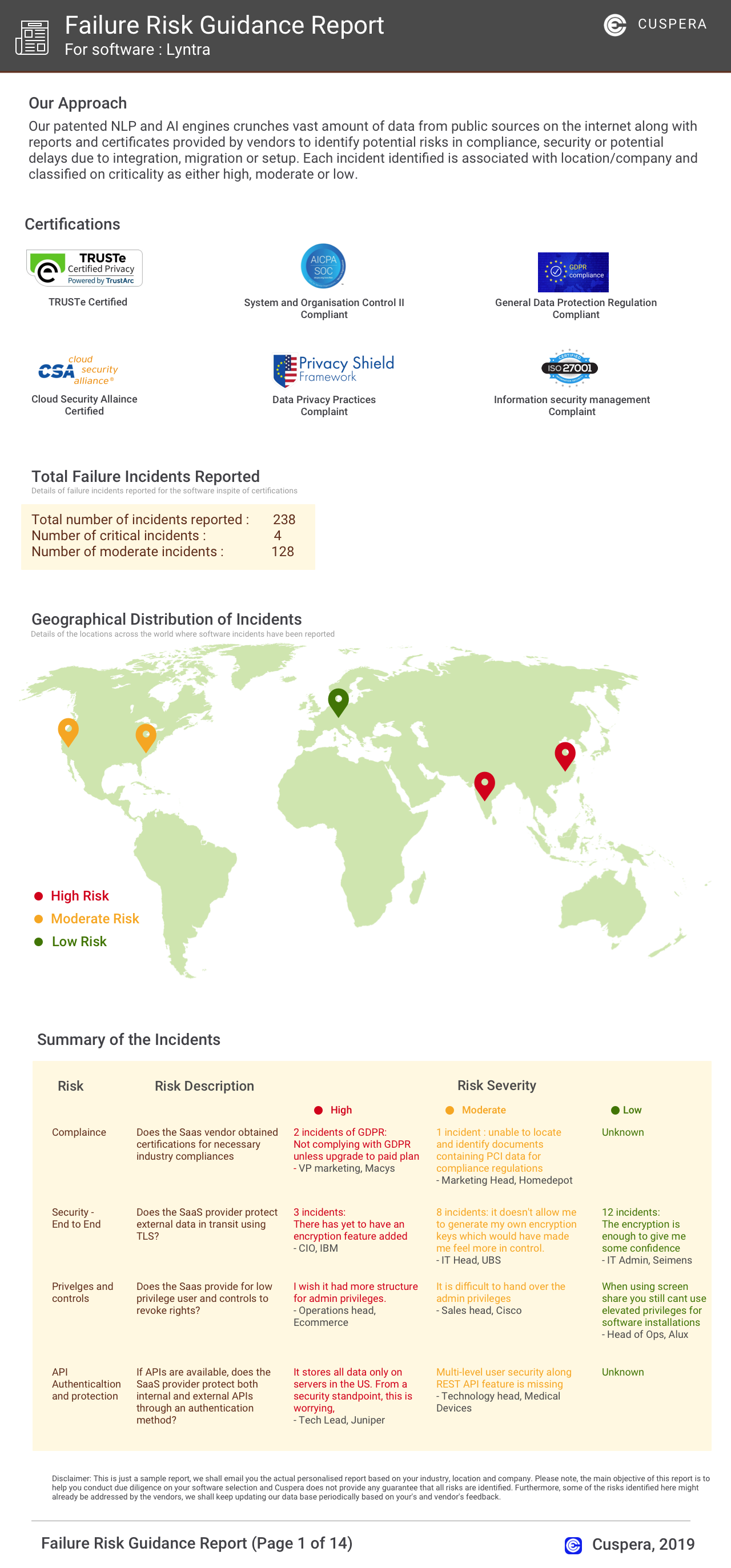Drupal CRM Core Overview
Drupal-crm-core, CRM Core manages contacts, activities, and relationships. These modules integrate seamlessly within a Drupal website.
Use Cases
Customers recommend Contact List Management, Communication Management, Engagement Management, as the business use cases that they have been most satisfied with while using Drupal CRM Core.
Drupal CRM Core Use-Cases and Business Priorities: Customer Satisfaction Data
Drupal CRM Core works with different mediums / channels such as Website. and Offline.
Reviews
"...CRM Core is a set of modules for managing contact records within a Drupal site, providing support for contacts, relationships and activities...." Peer review
Drupal CRM Core, belong to a category of solutions that help CRM. Each of them excels in different abilities. Therefore, determining the best platform for your business will depend on your specific needs and requirements.
Popular Business Setting
for Drupal CRM Core
Top Industries
- Computer Software
- Government Administration
- Internet
Popular in
- Mid Market
Drupal CRM Core is popular in Computer Software, Government Administration, and Internet and is widely used by Mid Market,
Drupal CRM Core Customer wins, Customer success stories, Case studies
How does Drupal CRM Core address your Contact List Management Challenges?
Drupal CRM Core Features
- Low
- Medium
- High
| FEATURE | RATINGS AND REVIEWS |
|---|---|
| Custom Reports | Read Reviews (14) |
| CAPABILITIES | RATINGS AND REVIEWS |
|---|---|
| Custom Reports | Read Reviews (14) |
Software Failure Risk Guidance
?for Drupal CRM Core
Top Failure Risks for Drupal CRM Core
Drupal Association News
Alliance Interactive, a Leading Drupal Development Company, Launches Accelerated ... - CBS 42
Alliance Interactive, a Leading Drupal Development Company, Launches Accelerated ... - CBS 42
Drupal AI initiative: what it is and what to expect
Drupal AI initiative: what it is and what to expect
Drupal Launches New AI Initiative to Democratize Intelligent Digital Experiences for Everyone
Drupal.org has launched a new AI initiative aimed at making intelligent digital experiences accessible to a wider audience. This project focuses on integrating artificial intelligence capabilities into the Drupal platform, enabling users to build smarter, more personalized websites and applications. The initiative seeks to lower barriers for organizations adopting AI-driven content management and digital experience solutions.
Drupal CMS: Groundbreaking New Version of Drupal Detailed at DrupalCon Singapore 2024
Drupal unveils a groundbreaking new version at DrupalCon Singapore 2024, highlighting significant advancements in the content management system.
Drupal Association Profile
HQ Location
3439 NE Sandy Blvd #269, Portland, OR 97232, United States of America
Employees
11-50
Social
Financials
PRIVATE




